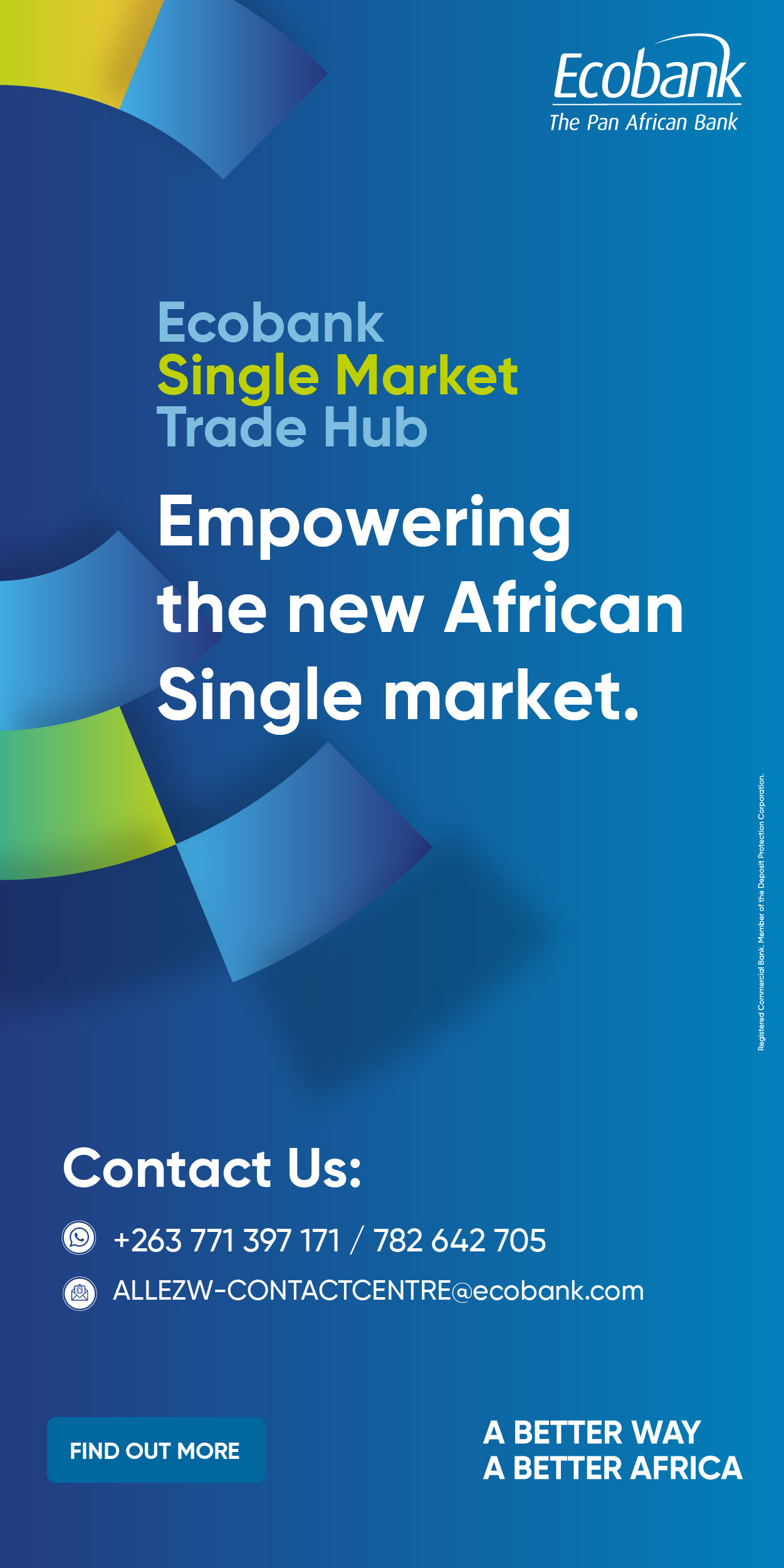- In December 2022, Zim passed the Base Mineral Export Control Act, which banned the export of raw lithium.
- In Zimbabwe, there are over 80 state-owned Chinese enterprises with have amassed a total of US$10.4 billion in investments and contracts in the country from 2005 to 2020.
- Zimbabwe is looking to capitalise and could likely meet about 20% of the world’s lithium demand.
Harare- Africa is home to 30% of the world’s mineral reserves and holds 40% of the world’s gold and at least 90% of its chromium and platinum. It also has the largest reserves of cobalt, platinum, uranium and diamonds. With the global demand for batteries rising and the search for new sources of energy, the world is relying on minerals from African countries, but with lithium, Africans are looking to regain control of the continent’s natural resources.
Lithium is a critical component found in electric vehicles. There are only a few countries where lithium is mined, with about 80-85% of the global supply coming from Australia, Chile and China. However, reserves have been discovered throughout the African continent. Zimbabwe, Namibia, Ghana, DRC and Mali all have substantially notable supplies. In the future, Zimbabwe will play an important role in the mining of battery mineral resources. In 2020, Zimbabwe was the 6th largest producer of lithium and the country is expected to become one of the world’s largest exporters of Lithium. In December 2022, the country took a step further in ensuring that the potential for lithium in Zimbabwe can be fully explored.
The country passed the Base Mineral Export Control Act, which banned the export of raw lithium. However, companies that are developing mines, and processing plants in Zimbabwe are exempt from this ban, which includes, Huayou Cobalt and Sinomine Resource Group and Shenzhen Chengxin Lithium Group which have invested US$678 million into lithium projects. With most automakers having already announced the transition to electric, the demand for lithium-ion batteries and the minerals in them is going to skyrocket. In 2021, the world mined 540,000 metric tonnes of lithium. By 2025 the demand is expected to triple to 1.5 million metric tonnes, and by 2030 is projected to hit 3 million metric tonnes.
Source: World Economic Forum
Currently, the majority of processing for battery materials resides in China and the country accounts for some 89% of the world’s processing of lithium. And the competitive landscape is consolidated; larger companies continue to embark on capacity expansion and acquisitions to gain share and drive a competitive edge in the market.
The market for battery cells is expected to grow, on average, by more than 20% per year until 2030, reaching at least $360 billion globally. There is also a realistic prospect of the market accelerating even faster to hit $410 billion by 2030. Lithium batteries are emerging as a critical ingredient in the transition to a more sustainable future because of their role in electrifying transportation and balancing power grids. Battery use is more than an opportunity to eliminate vehicular CO2 and NO2 emissions in a world grappling with climate change; scaling up production of battery-cell manufacturing capacity also offers significant value-creation opportunities for manufacturers, creates new jobs that pay well, and supports national economic growth. From a sustainability perspective, switching from lead-acid power backup to lithium substantially reduces carbon emissions. Lithium-ion energy storage offers a carbon dioxide reduction of more than 20% per kWh capacity compared to the traditional lead-acid technology.
The rapid increase in demand has inevitably led to the development of additional capacity along the entire value chain. However, it has to be considered that the battery value chain is quite complex. The dynamics that take place at each step, from the mining and processing of raw materials to the manufacturing of the various components and their subsequent assembly, are unique. As Elon Musk put it, “There is no shortage of the element itself, as lithium is almost everywhere on Earth, but the pace of extraction/refinement is slow”. There are numerous pain points along the way, such as raw material and mineral shortages in addition to issues accessing those resources, the impact of traditional mining on both the environment and nearby populations, cost issues around the procurement and recycling of core materials, and expectations that manufacturing will lag the growth in demand.
China in Zim: Lithium Squeeze or Long-term Partner
Zimbabwe has been mining lithium for 60 years, and the government estimates that its Chinese-owned Bikita mine, has about 11 million metric tonnes of lithium resources alone. In Zimbabwe, there are over 80 state-owned Chinese enterprises with have amassed a total of US$10.4 billion in investments and contracts in the country from 2005 to 2020.
Zimbabwe is home to 60 different minerals including all five of the critical minerals required to build electric vehicle batteries, including, lithium, cobalt, manganese, nickel and graphite. Minerals play an important role in the economic growth of Zimbabwe, accounting for 60% of the country’s total exports with the mining sectors contributing to 11% of the national GDP. In 2023, it is expected to grow by 6% and is valued at US$12 billion. Zim primarily mines, gold, platinum and diamond but lithium prices have skyrocketed. The country is looking to capitalise on this increase and Zimbabwe could likely meet about 20% of the world’s lithium demand once it fully explores its known resources.
Source: Trading Economics
Over the last decade, as China has propped up investment in Africa, the West has labelled the initiatives as “debt traps”. The narrative points to a China that is spearheading the second scramble for Africa. However, according to a survey conducted by the Ichikowitz Family Foundation, 76% of young Africans across 15 countries named China as a foreign power with a positive influence on their lives, compared with 72% for the US. Contrary to popular belief, China has been able to develop mutually beneficial relationships with Africa and its people. In Zim’s case, China was one of the first countries to recognise its independence and was there to fill the void when western companies fled the country following unilateral sanctions. Despite the positive strides, particularly here at home, the lack of transparency coupled with policy inconsistency in Zim’s mining sector is cause for concern as the government reaches for US$12 billion in output in the mining sector by 2023.
On the other hand, Chinese companies, Huayou Cobalt and Sinomine Resource Group own both the most important and lithium-rich mines in the country, presenting a seemingly very one-sided partnership. Now, what exactly are the concerns of the Zimbabwean populous?
Small-scale Miners
Small-scale miners have been a key part of Zimbabwe’s mining industry for years. For example, in gold production, they account for more than 60% of deliveries. So essentially, they are crucial to the survival of the industry. In fact, artisanal mining alone provides a livelihood for more than a million Zimbabweans. These miners are only able to utilise simple tools to extract lithium on the surface but with more and more Chinese players in the market, it is inevitable that raw lithium prices will decline in the short term, drastically reducing the disposable incomes of the miners. It’s estimated that the government has lost nearly US$2 billion dollars to smuggling emanating from small-scale miners.
However, when it comes to lithium, the relationship is skewed in favour of the Chinese right now. Artisanal miners were the worst affected by the ban because they had already accumulated raw lithium which they couldn’t sell anymore.
Final Thoughts
Lithium battery ecosystems are increasingly becoming powerful tools for economic development, and if the government wishes to capture the value-creation opportunity of batteries it should consider moving quickly and forcefully to build them with the help of China and not just focus on signing mining rights away to China’s state-run mining companies. The cost of production exponentially rises the higher up you go on the value chain, but a long-term view of the potential benefits of beneficiation is essential.
Realistically speaking, Zimbabwe cannot beneficiate on its own. However, without the right partnerships, the country cannot benefit from the whole lithium value chain. Partnering with companies that not only produce batteries but also EVs will allow the country to have a stake in each part of the value chain. A good example of such a partnership is DeBeers and Botswana, which own 50% each of DEBSWANA. Botswana provides the diamonds, DeBeers, extracts, cuts and polishes, and retails the diamonds allowing Botswana to get value from each stage of the value chain. This partnership has taken over a million Batswana out of poverty in just a few decades, which is impressive, considering that the country only has a population of just over 2 million.
According to Chris Berry, president of commodities advisory firm House Mountain Partners in New York, “the slew of Chinese investments was aimed both at the structural shortage seen in the lithium market as well as extending Beijing's reach into Africa via the Belt and Road Initiative. "Zimbabwe isn't the only destination for Chinese lithium," Berry said, citing battery materials producer Ganfeng Lithium's investment in Mali, and recent rumours that Chinese multinational BYD was in talks to buy six lithium mines around Africa which could provide up to 1 million tonnes of the metal per year.
Equity Axis News





